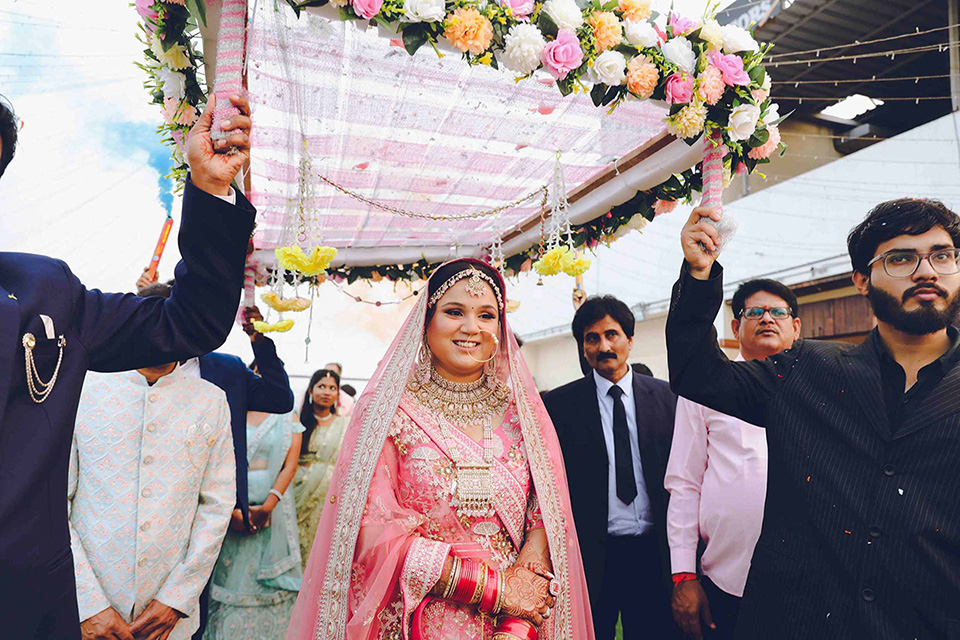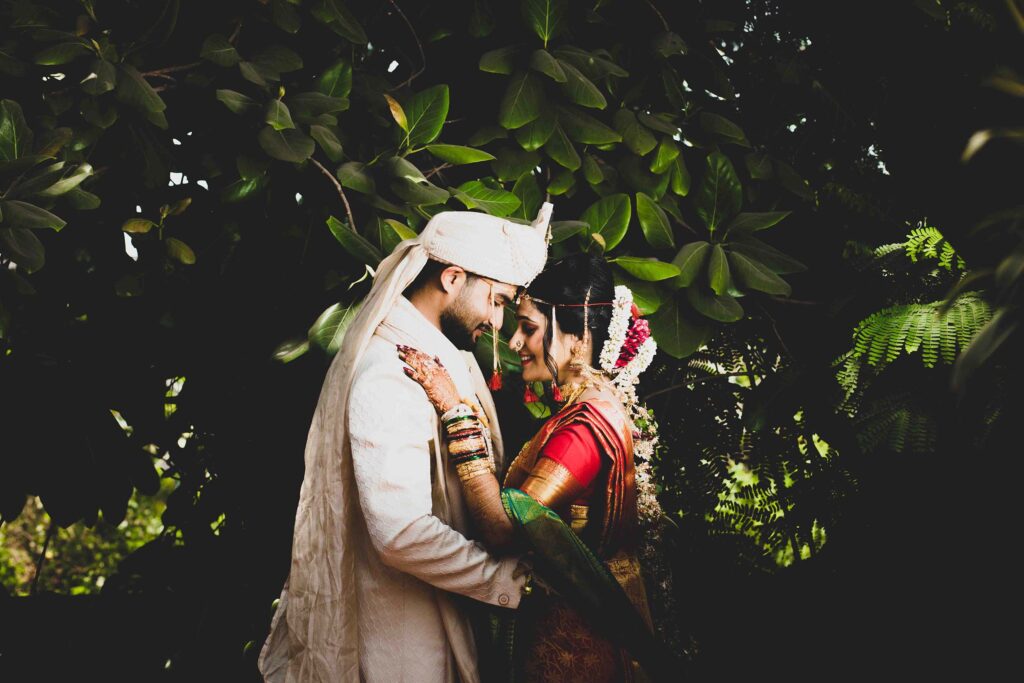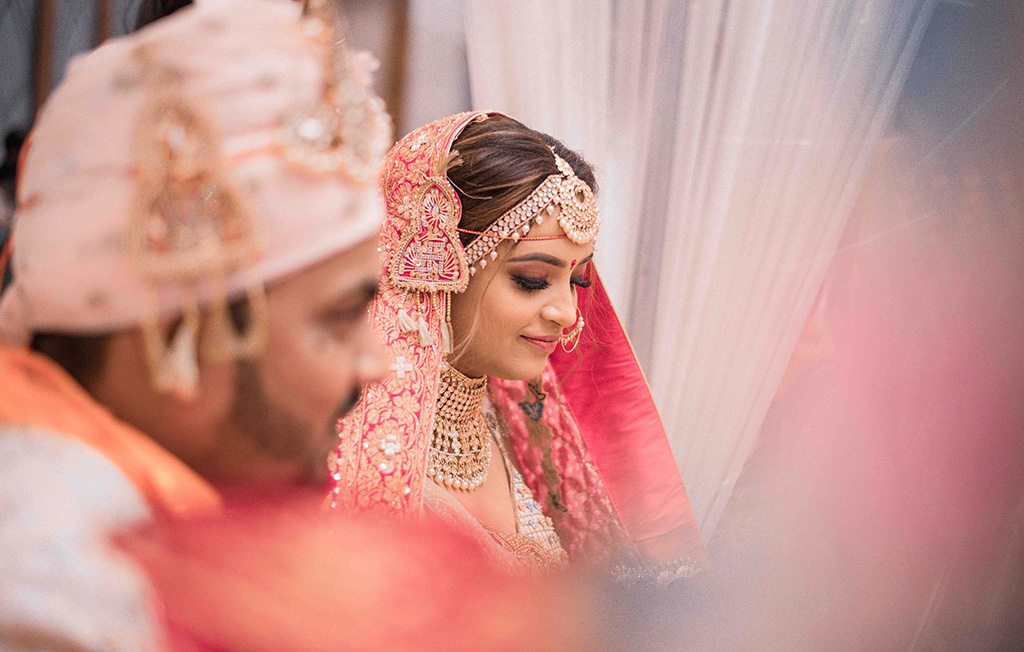wedding photography is more than just capturing images; it’s about preserving moments that embody the emotional essence of one of life’s most celebrated events. These moments—filled with love, joy, anticipation, and connection—form the foundation of what makes wedding photography so meaningful. The emotional core of wedding photography lies in its ability to freeze these fleeting emotions, transforming them into cherished memories that last a lifetime.
This article delves into the pivotal moments that define the emotional core of wedding photography, the techniques photographers use to capture them, and the profound impact these images have on couples and their loved ones.
1. The Emotional Core: Why It Matters
A Record of Love and Connection
Weddings are milestones that celebrate not just the union of two people but also the bonds they share with their families and friends. Emotional moments immortalized in photographs act as:
- Legacy Pieces: They become part of family histories, passed down through generations.
- Tangible Memories: A glance at a photo can instantly transport couples back to the emotions they felt on their wedding day.
The Power of Authenticity
Authenticity is at the heart of emotional storytelling in wedding photography. Genuine expressions—whether it’s the bride’s joyful laughter or the father’s tearful pride—add depth and resonance to the images.
2. Defining Moments in wedding photography

The Anticipation Before the Ceremony
- Getting Ready: The morning of the wedding photography is a time of preparation and heightened emotions. The bride’s quiet moments of reflection, the groom’s camaraderie with his groomsmen, or a mother helping her daughter into her wedding dress all exude tenderness and anticipation.
- The First Look: Whether staged or spontaneous, the first moment the couple sees each other is often filled with unfiltered emotions—joy, awe, and love.
The Ceremony
- Walking Down the Aisle: The bride’s walk down the aisle is a moment of immense emotional significance, with the groom’s reaction often being equally powerful.
- Exchange of Vows: This intimate exchange of promises showcases vulnerability and love, often moving both the couple and their guests to tears.
- The Ring Exchange: A universal symbol of commitment, this moment encapsulates the gravity of the day.
Family and Community Connection
- Parental Pride: The pride, joy, and sometimes bittersweet emotions of parents as they watch their child marry are deeply moving.
- Generational Bonding: Capturing interactions between grandparents, parents, and children adds depth and context to the wedding story.
The Celebration
- First Dance: The couple’s first dance is a tender moment that often reveals their unique dynamic, from playful spins to emotional embraces.
- Candid Joy: The laughter, hugs, and spontaneous celebrations of guests provide a glimpse into the collective happiness of the day.
Quiet Intimate Moments
- Private Exchanges: Moments away from the crowd, such as the couple sharing a quiet conversation or a stolen kiss, often hold the most profound emotions.
3. Techniques to Capture Emotional Moments
1. Anticipating Emotional Peaks
- Understanding the Flow: Experienced photographers study the timeline of the wedding to anticipate key moments when emotions are likely to run high.
- Observation: Body language and subtle cues, such as a nervous laugh or a tender glance, often signal an upcoming emotional moment.
2. Candid Storytelling
- Natural Interactions: Candid photography focuses on capturing people in unguarded moments, emphasizing authenticity over posed perfection.
- Documentary Style: This approach tells a cohesive story of the day, with a focus on emotional highs and genuine connections.
3. Creative Use of Light
- Soft Light for Tenderness: Golden-hour lighting or natural window light enhances the warmth of emotional moments.
- Dramatic Light for Impact: Using shadows or directional light adds drama to powerful moments, such as the exchange of vows.
4. Composition and Framing
- Close-Ups: Tight framing on faces highlights expressions, drawing the viewer’s attention to the emotion in the scene.
- Contextual Shots: Wide shots that include the surroundings add layers of meaning, such as capturing the groom’s reaction alongside the bride walking down the aisle.
4. The Role of the Photographer in Capturing Emotions
Creating Comfort and Trust
- Building Rapport: A good photographer establishes a relationship of trust with the couple, helping them feel comfortable and authentic.
- Empathy: Understanding the couple’s story and their dynamics allows photographers to focus on the moments that matter most to them.
Blending Into the Background
- Unobtrusive Presence: By being discreet, photographers can capture raw, unscripted emotions without influencing the moment.
- Adapting to the Atmosphere: Photographers must be attuned to the tone of the wedding—whether it’s joyous, solemn, or a mix of both.
Technical Precision Meets Emotional Awareness
- Balancing Skills: A successful wedding photographer balances technical expertise with an intuitive understanding of human emotion.
- Split-Second Decisions: Emotional moments are often fleeting, requiring photographers to react quickly and decisively.
5. Emotional Challenges in wedding photography
1. High Expectations
Couples often expect photographers to capture every significant emotional moment, which can be daunting given the fast-paced nature of weddings.
2. Emotional Overload
Weddings are emotionally charged events, and photographers must maintain focus while navigating the intensity of the day.
3. Cultural and Personal Nuances
Photographers must be sensitive to cultural traditions and individual family dynamics to appropriately capture the emotions of the day.
6. The Lasting Impact of Emotional wedding photography
On the Couple
- Reliving the Day: Wedding photos allow couples to revisit their emotions and experiences, strengthening their bond over time.
- Healing and Reflection: For couples who experience challenges or loss, wedding photos serve as reminders of their love and resilience.
On Families
- Preserving Legacies: Images of parents, grandparents, and extended family become valuable keepsakes for future generations.
- Strengthening Bonds: Reflecting on shared moments of joy can bring families closer together.
On Future Generations
Wedding photographs act as visual stories that connect future generations to their family’s past, allowing them to witness love and connection in action.

7. The Evolution of Emotional wedding photography
Technological Innovations
- AI and Emotion Recognition: Advanced tools are emerging that help photographers identify emotional moments in real-time.
- Enhanced Post-Processing: Modern editing techniques allow photographers to amplify emotions by emphasizing colors, contrasts, or expressions.
Changing Styles
- Documentary Focus: Contemporary wedding photography trends emphasize storytelling and capturing raw emotions over staged perfection.
- Inclusivity: More photographers are celebrating diverse love stories, ensuring that every couple’s unique emotional journey is represented.
8.Positive Aspects of wedding photography
1. Capturing Timeless Memories
- Emotional Value: Wedding photos serve as a tangible reminder of one of the happiest days in a couple’s life.
- Generational Keepsakes: These images become treasures passed down to future generations, preserving family history.
2. Storytelling Through Imagery
- wedding photography tells a cohesive story, from the anticipation before the ceremony to the joy of the reception.
- Photographers can capture candid moments, expressions, and details that reflect the essence of the event.
3. Creative Expression
- For photographers, weddings provide a unique canvas for creative expression.
- Advanced techniques like drone shots, natural lighting, and artistic compositions elevate the beauty of the images.
4. Technological Advancements
- Modern equipment, such as high-resolution cameras, drones, and AI-powered editing tools, allows for stunning results.
- Couples can access innovative options like virtual albums, instant prints, and augmented reality features.
5. Personalized Experience
- Photographers tailor their style to reflect the couple’s personality and vision, resulting in a unique collection of images.
- Engagement shoots and pre-wedding sessions offer additional opportunities for customization.
6. Preserving Cultural and Emotional Significance
- Wedding photos document cultural traditions, rituals, and familial relationships that define the event.
- Emotions such as love, joy, and connection are immortalized in the photographs.
7. Boosting the Wedding Industry
- Professional wedding photography contributes significantly to the economy, supporting a network of photographers, editors, and related businesses.
9.Negative Aspects of wedding photography
1. High Costs
- Expense for Couples: Hiring a professional wedding photography can be expensive, with additional costs for albums, prints, and videography.
- Hidden Costs: Extra charges for overtime, travel, or specialized services may not always be clear upfront.
2. Stress for Couples and Photographers
- Performance Pressure: Couples may feel pressured to look perfect, adding stress to an already emotional day.
- Photographer Stress: Photographers face high expectations to capture every significant moment flawlessly.
3. Overemphasis on Posed Photos
- Excessive focus on staged or posed shots can detract from the authenticity of the event.
- This approach may overshadow candid moments that better reflect the emotions of the day.
4. Privacy Concerns
- Sharing wedding photos on social media can lead to privacy issues, especially if couples or guests are uncomfortable with public exposure.
- Photographers must navigate consent when capturing images of guests.
5. Challenges in Capturing Every Moment
- Weddings are fast-paced, and photographers can sometimes miss key moments due to time constraints or logistical issues.
- Poor lighting or weather conditions can also affect the quality of certain shots.
6. Unrealistic Expectations
- Couples may have high or unrealistic expectations influenced by curated portfolios or social media trends.
- Delivering perfect results under these pressures can strain the photographer-client relationship.
7. Environmental and Ethical Concerns
- Sustainability: The use of disposable props, printing, and excessive travel can have environmental impacts.
- Ethics in Editing: Excessive photo retouching can create unrealistic portrayals, undermining authenticity.
8. Dependency on Technology
- Equipment failures or technical glitches can jeopardize important shots.
- Over-reliance on post-processing may shift focus away from capturing quality images during the event.
9. Limited Lifespan of Physical Media
- Physical albums and prints are prone to wear and tear over time unless properly preserved.
- Digital storage, while convenient, can become obsolete with evolving technology.

10.Conclusion
The moments that define the emotional core of wedding photography are the heartbeats of the celebration, capturing the essence of love, connection, and humanity. These moments—whether grand gestures or quiet intimacies—tell a story that transcends time, reminding couples and their loved ones of the depth of their emotions.
For photographers, capturing these moments is both an art and a responsibility, requiring empathy, creativity, and technical skill. For couples, these images become irreplaceable treasures, preserving not just what their wedding looked like, but how it felt. In the end, the emotional core of wedding photography lies in its ability to honor the beauty of human connection and create memories that endure for a lifetime.















